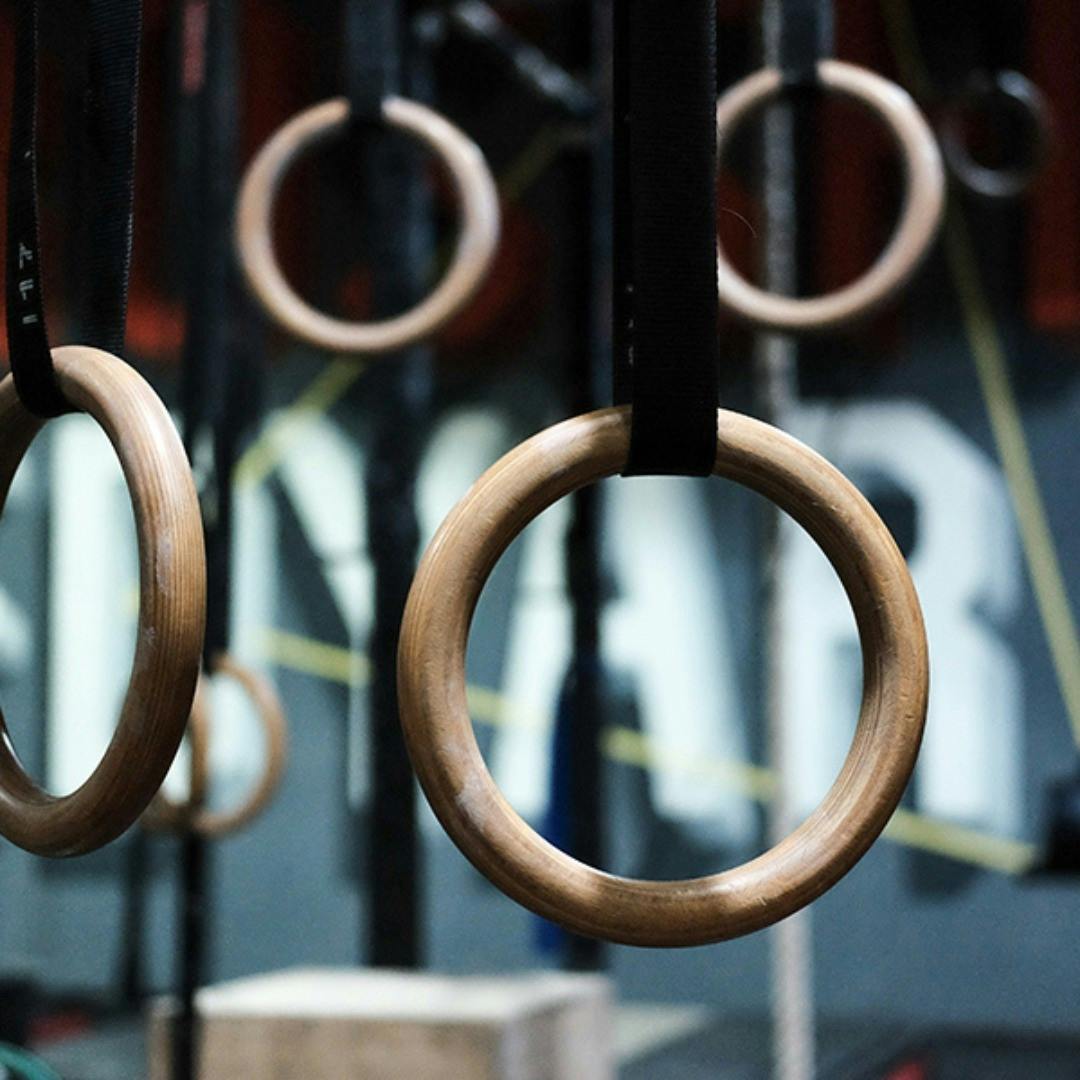Introduction

Weight loss is defined as a decrease in total body mass due to a mean loss of fluid, body fat or adipose tissue, or lean mass, specifically bone mineral deposits, muscle, tendon, and other connective tissue. Exercise can have a significant influence on a person's success with weight loss. Regular physical activity has been linked to a decrease in body fat, increased lean body mass and improved body composition (Gibala, et al., 2010). In addition, physical activity can lead to an increase in metabolic rate, which can help to reduce caloric intake and lead to weight loss (Jensen, et al., 2009). The Journal of the Academy of Nutrition and Dietetics states that regular physical activity is necessary for most individuals to lose weight, maintain a healthy weight, and prevent chronic diseases (Weigle, 2005).

Weight loss and fat loss are two terms which are often confused and used interchangeably, although they describe two very different concepts. Weight loss is a decrease in the total body weight and this can be achieved through a variety of methods such as exercise, dieting, or use of certain medications. Fat loss, however, is the reduction of the body's fat stores, resulting in a decrease in body fat, particularly around the abdominal region. A study conducted by the Journal of the Academy of Nutrition and Dietetics (2018) found that weight loss and fat loss can be achieved through diet and exercise, but the best results were seen when both diet and exercise were combined. The study concluded that a combination of the two methods is the most effective way to achieve both weight and fat loss.
Aerobic Exercise

Aerobic exercise has many benefits, including improved cardiovascular health, strengthened immune system, improved mental health, and weight loss. According to a study from the journal of Strength and Conditioning Research, aerobic exercise can be used to facilitate weight loss. The study found that aerobic exercise can reduce body fat and increase lean muscle mass, which can help with weight loss. Additionally, it was found that aerobic exercise can increase metabolic rate, which helps to burn more calories. Overall, aerobic exercise can help to facilitate weight loss by increasing lean muscle mass, reducing body fat, and increasing metabolic rate (Hoffman et al., 2018).
Aerobic exercise is one of the most effective types of exercise for losing weight. Examples of aerobic exercise include jogging, walking, biking, swimming, and dancing. These exercises are great for burning calories and they can help to increase your metabolism. Different types of aerobic exercise will burn calories are different rates, based on the intensity of the exercise and based on total amount of musculature working during. For example, if you are using a recumbent bicycle, essentially, only your legs are working. However, if you use a VersaClimber, or a rowing machine, you will be using both your upper and lower body, which will result in burning calories at a higher rate due to larger amount of muscles used during the exercise. It is important to note that the rate of caloric expenditure during your aerobic exercise is only one aspect to be mindful of. The total amount of calories you burn per session, is also another useful metric. For instance, if you perform a 5 minute sprint on a rowing machine, you will certainly burn a lot of calories. However, when compared to walking on a stair-mill for 45 minutes, the stair-mill will burn a lot more calories in that session.

When trying to lose weight, it is important to choose aerobic exercises that are of a moderate intensity and that make you work hard enough to get your heart rate up. This will help you to burn more calories and give you the best results. However, you do want to be mindful of overexerting your self, which can cause you to end your sessions early. Whatever exercise you choose to do, it should be challenging, but doable.
Resistance Training

Resistance training has been found to be effective for weight loss. According to the Journal of Strength and Conditioning Research, "Resistance training is an effective tool for promoting fat loss and increasing lean body mass, which can improve body composition, metabolic health, and cardiorespiratory fitness" (Gillen et al., 2016). Resistance training helps to build muscle, which increases metabolism and helps to burn more calories. Additionally, resistance training helps to improve strength, balance, and coordination, which can lead to increased mobility and an improved quality of life.

When choosing resistance exercises for weight loss, it is important to consider the type, intensity, and frequency of the exercises. According to a study published in the journal, Sports Medicine, these three characteristics are all important for an effective exercise program for weight loss. Type includes factors such as the number and type of exercises, the number of sets and repetitions, and the rest intervals between sets. Intensity is determined by the load or resistance used, as well as the speed at which the exercise is performed. Frequency is the number of days per week an exercise is performed. When choosing resistance exercises for weight loss, all three of these characteristics should be taken into account for optimal results (Kubo, N., et al., 2020). In order to maximize caloric expenditure, the best exercises should target multiple different muscle groups. This will require increased oxygen consumption, and hence greater metabolic activity, due to the amount of work being performed. additionally, the rest intervals should be kept shorter, in the 30-60 second range. This will help to maintain a higher heart rate throughout the workout, and will make sure that an adequate amount of total work is being performed.
High Intensity Interval Training

High intensity interval training (HIIT) is a form of exercise that alternates between periods of high intensity and low intensity exercises. It is typically done in a circuit-style format with a series of exercises performed in quick succession, and is designed to maximize the amount of calories burned in a short amount of time. HIIT has become increasingly popular among individuals looking to lose weight and improve their overall health.
Research has found that HIIT is an effective way to burn more calories than traditional exercise. It has been shown to increase the resting metabolic rate more significantly than steady state cardio, meaning the body will continue to burn calories even after the workout is finished. Additionally, HIIT has been found to be an effective way to improve cardiovascular health and reduce the risk of cardiovascular disease. Studies have also found that HIIT can improve insulin sensitivity and reduce inflammation, making it helpful for individuals with diabetes or metabolic syndrome. (Matsumoto et al., 2019).

HIIT involves short bursts of intense activity, followed by brief moments of rest or recovery. This keeps people's workouts fresh and engaging because they are constantly pushing themselves to give their maximum effort and then recover before the next burst. HIIT workouts can also be tailored to a person's individual level of fitness, allowing them to challenge themselves and push their physical limits. Additionally, HIIT workouts are often much shorter than steady state cardio, meaning that people can get maximum results in a much shorter amount of time. The combination of these elements makes HIIT more exciting and engaging than steady state cardio.
Other Considerations
Nutrition
Nutrition is an essential part of any successful weight loss plan. Eating a balanced diet that is high in nutrient-dense and low in calorie-dense foods is key to avoiding hunger and getting the energy needed to exercise. Consuming a variety of fruits, vegetables, whole grains, lean proteins and healthy fats can provide the necessary nutrients to fuel the body and keep the metabolism running efficiently. According to a study published in the Journal of the American College of Nutrition, “Nutrition plays an important role in weight management and should be included as an essential component of a weight-loss program.”

Eating a nutritious diet can help people achieve their weight loss goals by not only providing them with the energy and nutrients they need to exercise, but also by helping them to avoid overeating and unhealthy food cravings. Eating regular meals and small snacks that are high in fiber and protein can help to promote satiety and prevent hunger, making it easier to stick to a calorie-restricted diet. Additionally, consuming nutrient-dense foods, such as fruits, vegetables, lean proteins, and healthy fats, can help to reduce hunger and cravings for unhealthy snacks. According to an article in the journal Nutrition Reviews, “Nutrition is an important part of weight loss, as it helps to reduce hunger and cravings while providing the body with the necessary nutrients to fuel physical activity. Eating a nutritious diet that is balanced and includes a variety of nutrient-dense foods can help to support a healthy weight-loss plan and increase the chances of achieving long-term success.
Rest and Recovery
Rest and recovery should be an integral part of any weight loss plan. Without adequate rest, the body is unable to perform to the best of its abilities and won't be able to yield the best possible results. Not only is it important to get enough rest on a regular basis, but rest and recovery should also be factored into a workout routine. Proper rest and recovery helps to reduce fatigue and soreness as well as minimize the risk of injury.

Rest and recovery helps to promote the body's natural repair process. According to a recent study published in the International Journal of Sports Medicine, “Rest and recovery are important components of exercise training. Including active and passive recovery strategies into the training program will facilitate the adaptive response to the exercise, allowing for optimal performance levels.” By allowing the body to rest and recover, the body is able to properly heal itself and prepare for the next workout session. This helps to ensure that the body is able to perform to the best of its abilities, which is essential for achieving weight loss goals.
High quality sleep is the most important factor for recovery from working out. Getting enough sleep helps the body to rest and repair itself from the physical stress of working out. According to the Journal of Clinical Sleep Medicine, "Sleep is essential for optimal recovery, allowing the body to restore energy, reduce stress, and repair muscles and other tissues that are damaged during exercise."
Having high quality sleep helps to reduce inflammation and speeds up the body's recovery process. It also helps to reduce muscle soreness and fatigue, which can negatively affect performance during workouts. According to the National Institutes of Health, "Sleep helps the body restore its energy levels, reduce inflammation, and repair muscles and other tissues that have been damaged during exercise." Getting enough sleep also helps to improve cognitive functioning, meaning it can help improve focus and concentration during workouts. Additionally, getting enough sleep helps to regulate hormones like testosterone and cortisol, which are important for muscle growth and repair.
Overall, high quality sleep is the most important factor for recovery from working out. As stated by the National Institutes of Health, "Sleep is essential for optimal recovery, allowing the body to restore energy, reduce stress, and repair muscles and other tissues that are damaged during exercise." Getting enough sleep helps the body to restore its energy levels, reduce inflammation, and repair muscles and other tissues that have been damaged during exercise. It also helps to improve focus and concentration during workouts, and regulate hormones that are important for muscle growth and repair. Therefore, high quality sleep is essential for optimal recovery from working out and should not be neglected.
Conclusion
There are various types of exercise that can help you lose weight, including aerobic exercise, resistance training, and high intensity interval training (HIIT). Each type of exercise has its own advantages and disadvantages, so it is important to find the right combination of exercises that works best for your individual needs and goals.
Aerobic exercise can increase your overall cardiovascular fitness and help you lose weight, while resistance training can help you build muscle, improve your strength, and reduce your body fat percentage. High intensity interval training (HIIT) can help you burn more calories in a shorter amount of time, and can be a great way to mix up your routine. Additionally, it is important to remember that nutrition and rest are also important components in any weight loss program.











